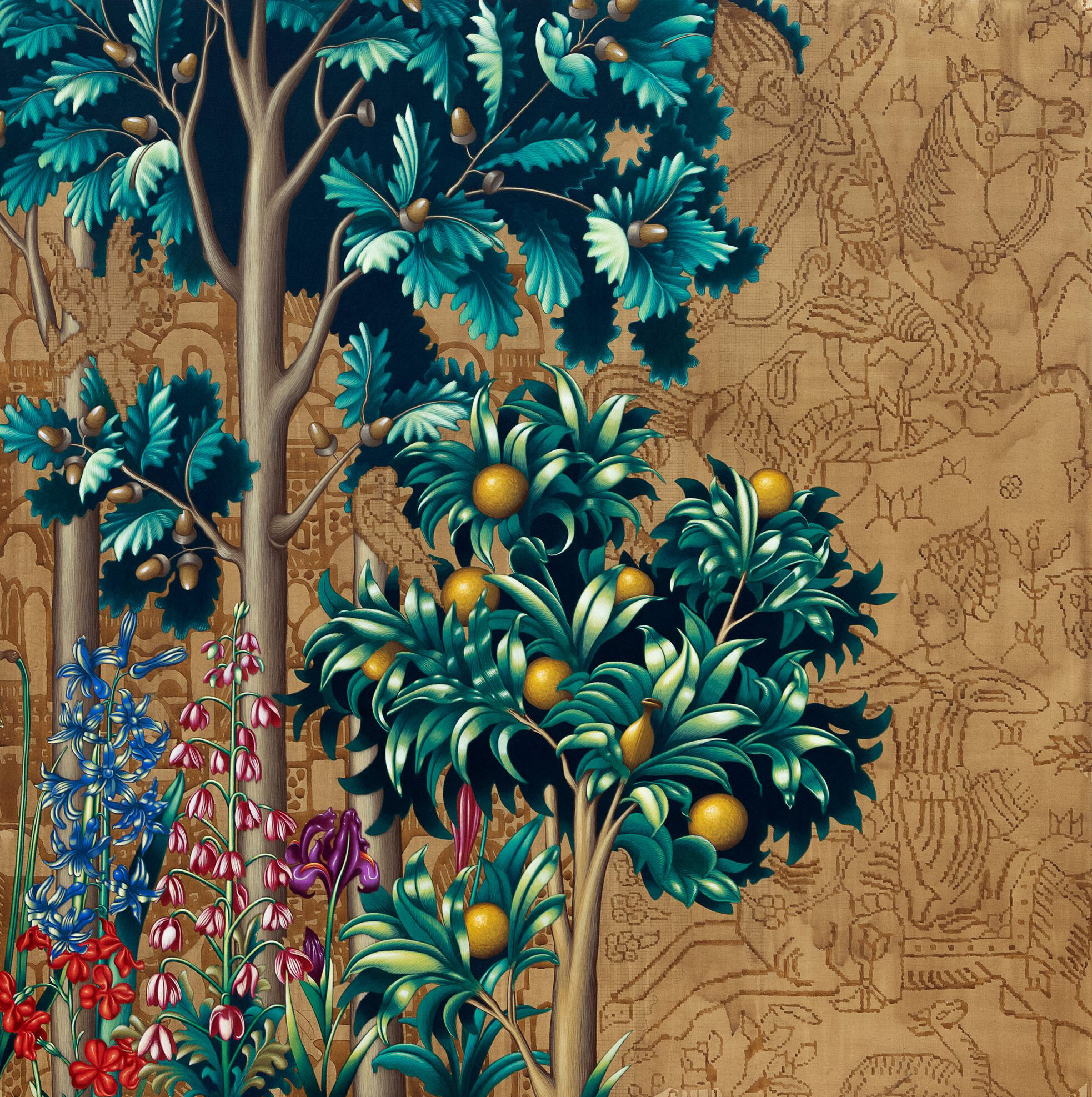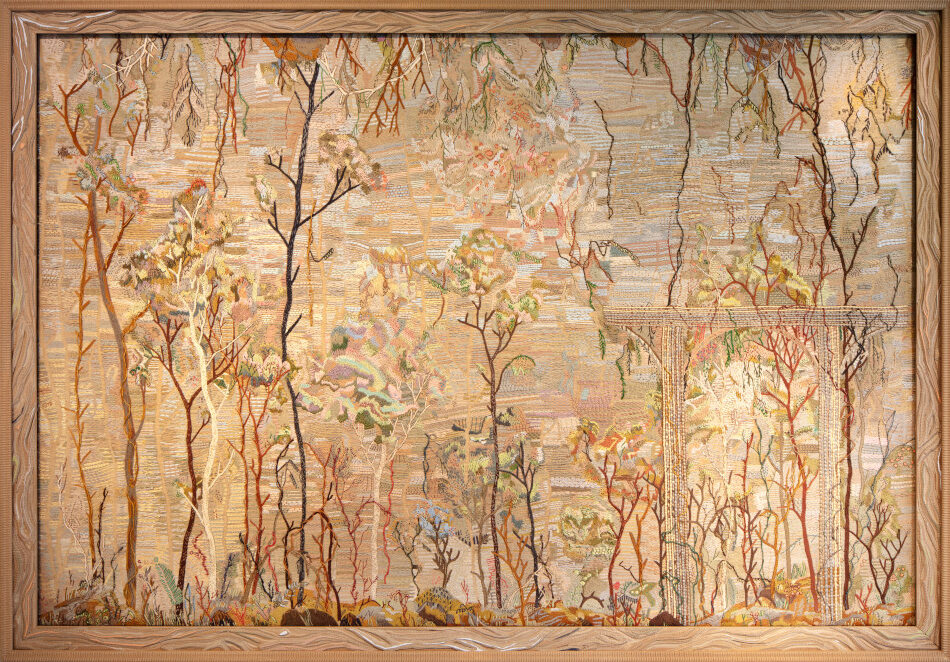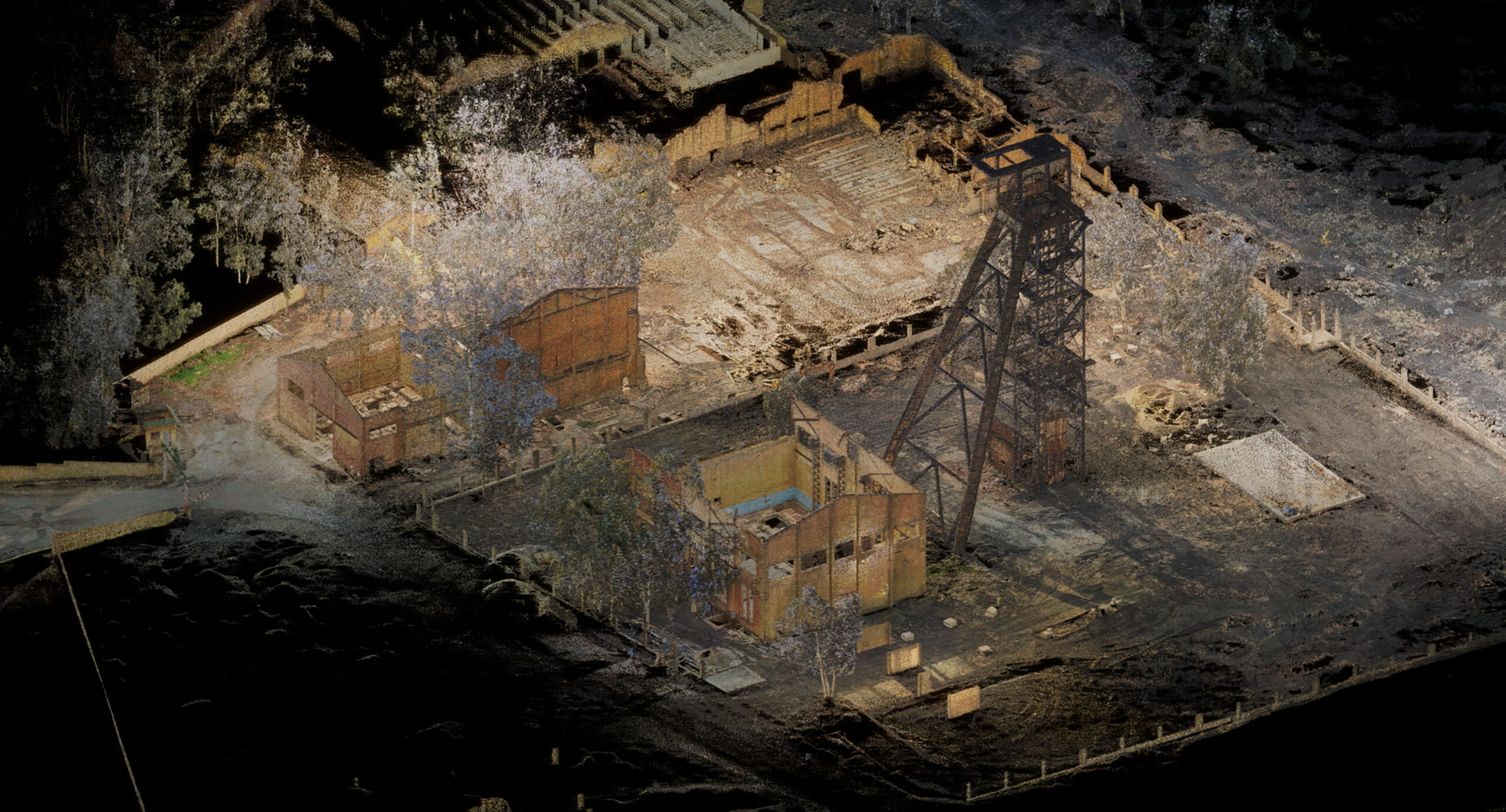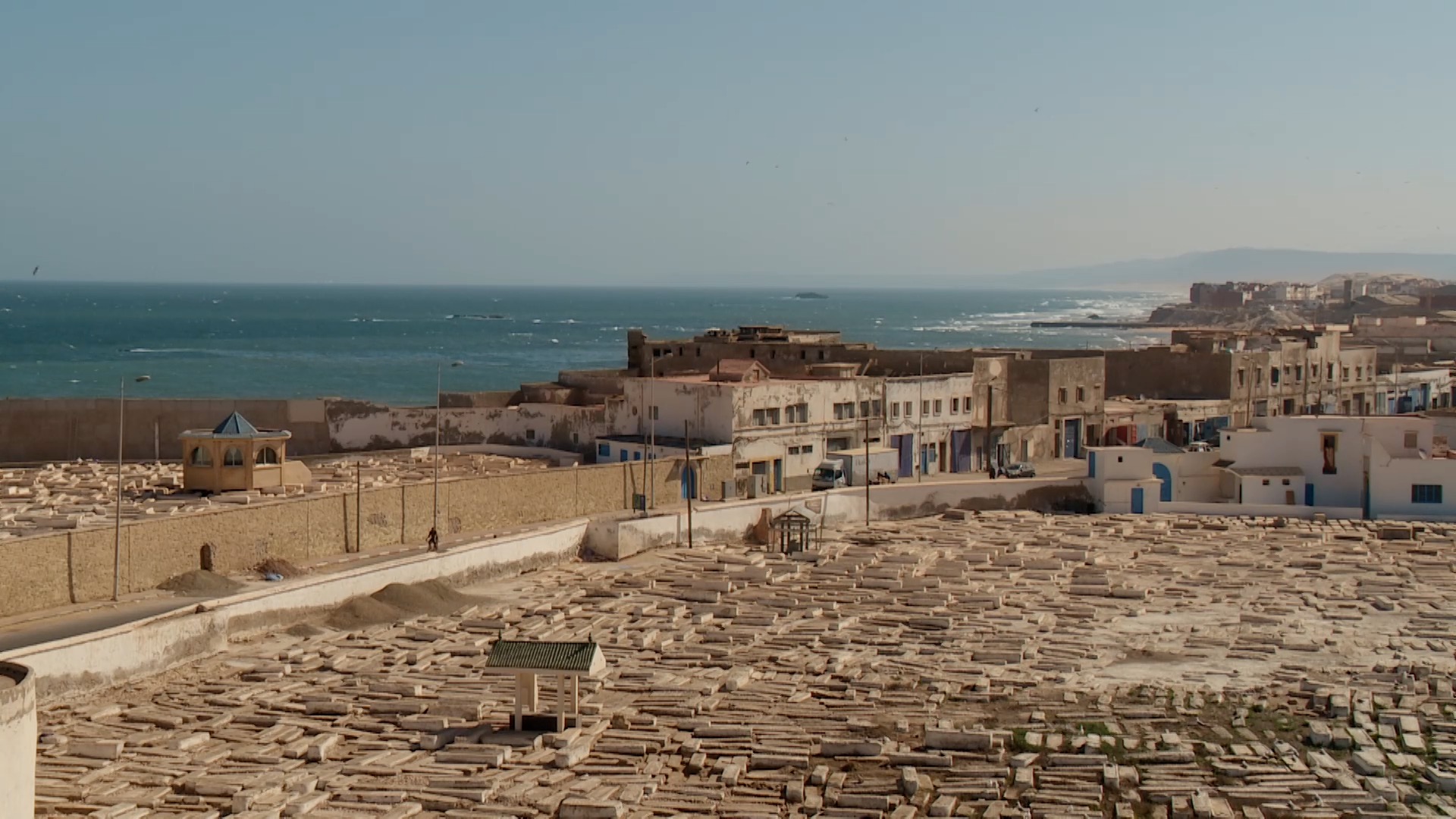Search
Art Club #1 Enzo Cucchi
18.02.2016
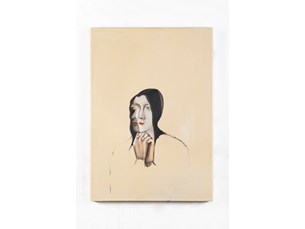
- Artist
- Enzo Cucchi
- Curator
- Pier Paolo Pancotto
“Cucchi’s [Morro d’Alba, 1949; lives and works in Rome] project (…) comprises three elements that touch both the floor and the main wall of the Grand Salon. The first is covered by a kind of ephemeral labyrinth, whose contours, made of white powder destined to disappear, tautologically reproduce those of an imaginary plan of the Villa, in front of which the viewer experiences a slight disorientation due both to the improbable perception he or she feels (…) and to the reversal of perspective it provokes (…). At its center is an imaginary bronze statuette, surprising for its ambiguous physiognomic features (…) and its multiple cultural references (…). The sculpture is reminiscent of the representation of an idol, present at the very center of the graphic apparatuses that surround it and the room in which it stands, whose architectural proportions and functions it redesigns in an idealized manner. Indeed, the latter are emblematically assimilated to those of a temple of indefinite worship, but rich in deep, authentic spirituality, devoid of any connotations. This absence of reference means that the rites celebrated here are purely secular and intellectual, as the large painting covering the central window facing the entrance repeats. Combined with the Gobelins tapestries, whose composition and layout it reinterprets and renews, this work features a uniform background of light earth tones mixed with light bronze highlights. At its center, the silhouettes of two individuals are traced in gold, joined by a zoomorphic head, below which the canvas suddenly loses its flat appearance to become a concave, irregular oval, similar to the crater of a volcano. The signs of the zodiac are engraved in the metal chandelier (…)”.
ppp, Enzo Cucchi, February 2016.
